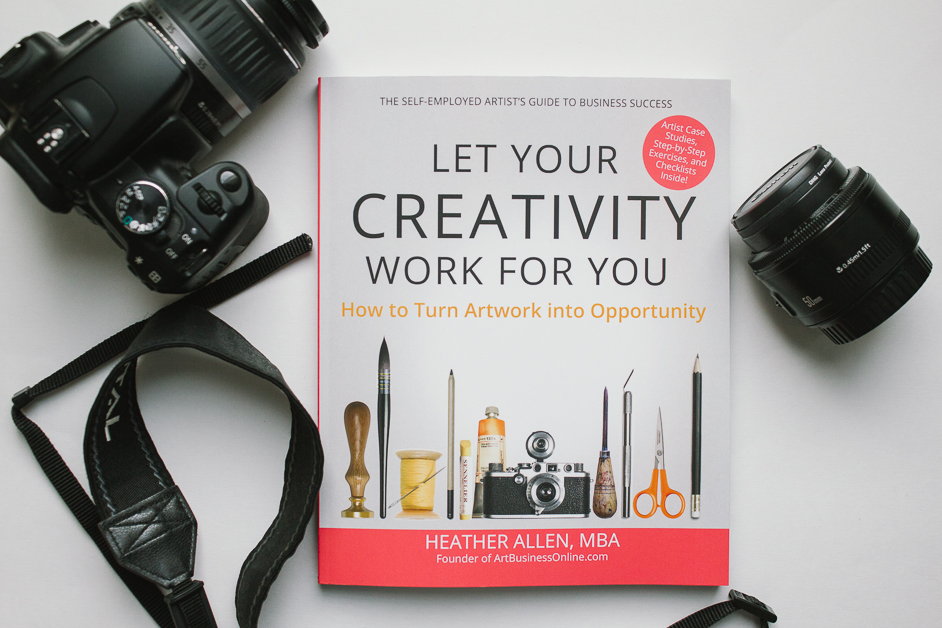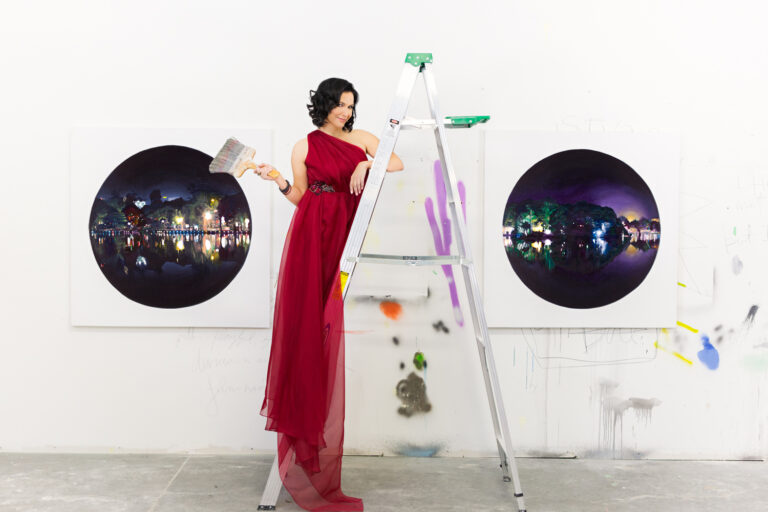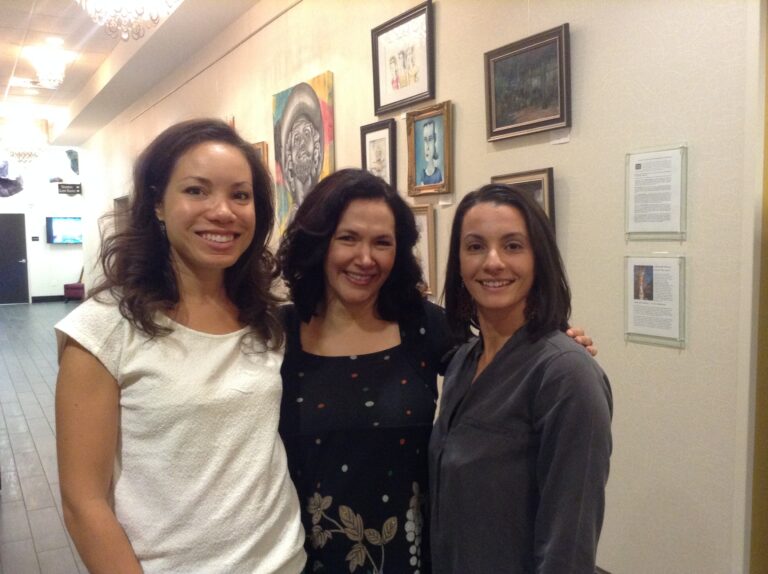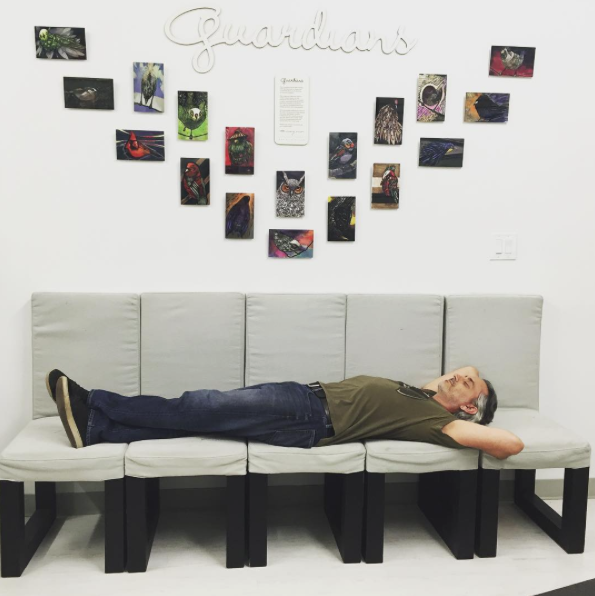 If you ask Jason Hoelscher what kind of art he makes, he’ll tell you:
If you ask Jason Hoelscher what kind of art he makes, he’ll tell you:
“I paint short attention span paintings for short attention span culture.”
He’s a minimalist, but not everyone on the proverbial elevator would understand his pitch. So he sums it up with a catchy sentence that intrigues the listener just enough to ask for more.
[Portrait by Gav Gnatovich]
A Savannah-based family man and artist who exhibits in places like Berlin, teaches at SCAD, and contributes to publications like ArtPulse Magazine, Jason has his hands full.
He also has a good deal of experience in the arts and knows exactly how to speak about his work with different audiences of people.
I asked Jason to share some advice—the same advice he shares with his students—about how to craft an elevator pitch as an artist. Here’s what he said:
Boil down what your work is about in 3 sentences or fewer.
A good elevator pitch will help you network, talk about your work, and get people interested in checking out your stuff.
Keep your elevator pitch tight and non-fancy.
It should be something you can fit into a conversation without sounding like a memorized sales pitch. Ideally it will be interesting enough to prompt a follow-up question, which then gives you license to go into more detail.
Keep it short, concise, to the point.
Does it leave out a lot of important info? Of course. But it’s to the point, and usually gets the other person to ask me for more detail, which is exactly what you want to happen.
When used at art openings, museum shows, art fairs etc., it’s been a good excuse to give someone my business card, invite them to view my website, etc. Every once in a while it’s even helped me set up studio visits, which led to shows.
Much like writing an artist statement, the most important factor in crafting an elevator pitch is your audience. Who are you speaking to? What words are going to click for them? What information will keep the conversation going rather than cause it to come to a screeching halt? And how much information is too much information?
Luckily, to follow the short elevator pitch that get’s your audience warmed up there’s often a chance to expand on what you’ve said. This is where I’ll add to Jason’s advice with the following:
-
Don’t be afraid to toot your own horn.
If what you make is being sold in 7 states and 21 zip codes, be prepared to tell people about your impressive figures. Success breeds success. Your audience won’t see it as bragging—they’ll see it as professionalism at work and want to jump on board with you!
-
Paint the picture for people to help them visualize what you do.
If you paint canvases that are 7 feet tall by 4 feet wide, share the scale of what you do with a few numbers and dimensions. Or if you make a series of season-inspired jewelry, link your inspirations to something relatable so whoever you’re speaking with can visualize what you are saying.
-
Carry a 3.5″ x 2″ visual.
Have an image of your artwork and your style with you at all times. If someone doesn’t quite get what you’re saying because, let’s face it, speaking about visual things can be like playing telephone—you never can be too sure the message is getting across clearly! Then have an image of what you make on your business card. Hand one over and you’ll be elated with the “ah-ha” moment that comes when someone understands what you do.
-
Let people in on the person behind the artist.
Lasting relationships have a little more oomph to them than a list of résumé credentials. If you’re really interested in keeping a conversation going, learn to pivot at the right time to make things more personal and less predictable.
-
Find out what makes them light up.
At the end of the day, a one-sided conversation is exhausting for both parties. Open up the dialogue with your elevator pitch, but bring your audience along with you by listening to their interests too.
Have a go-to elevator pitch to test out on a new audience? Share yours in the comments below.

photo credits: Jason-Hoelscher.com creative commons license. Portrait by Gav Gnatovich.





4 Responses
My elevator pitch:
My pottery is art for everyday use – is hand built & high fired – can be used inside or outside – is food, microwave, dishwasher & oven safe.
Beautiful pitch! Functional, descriptive, yet straight to the point.
I paint on shaped panels made of construction grade plywood. I use pigmented beeswax with the exposed plywood to create soft geometric forms that feel familiar, yet new.
Love the visuals in your elevator pitch, Ruth! Thank you for sharing.